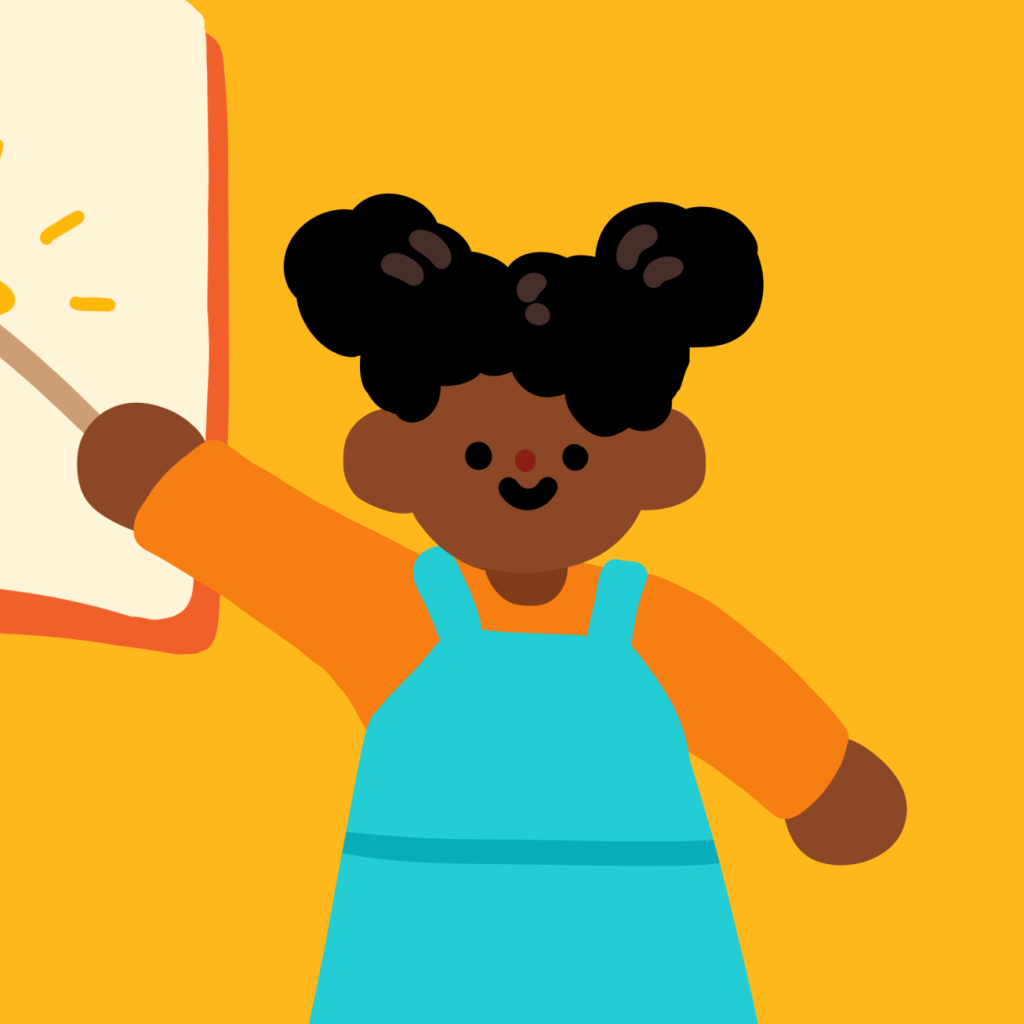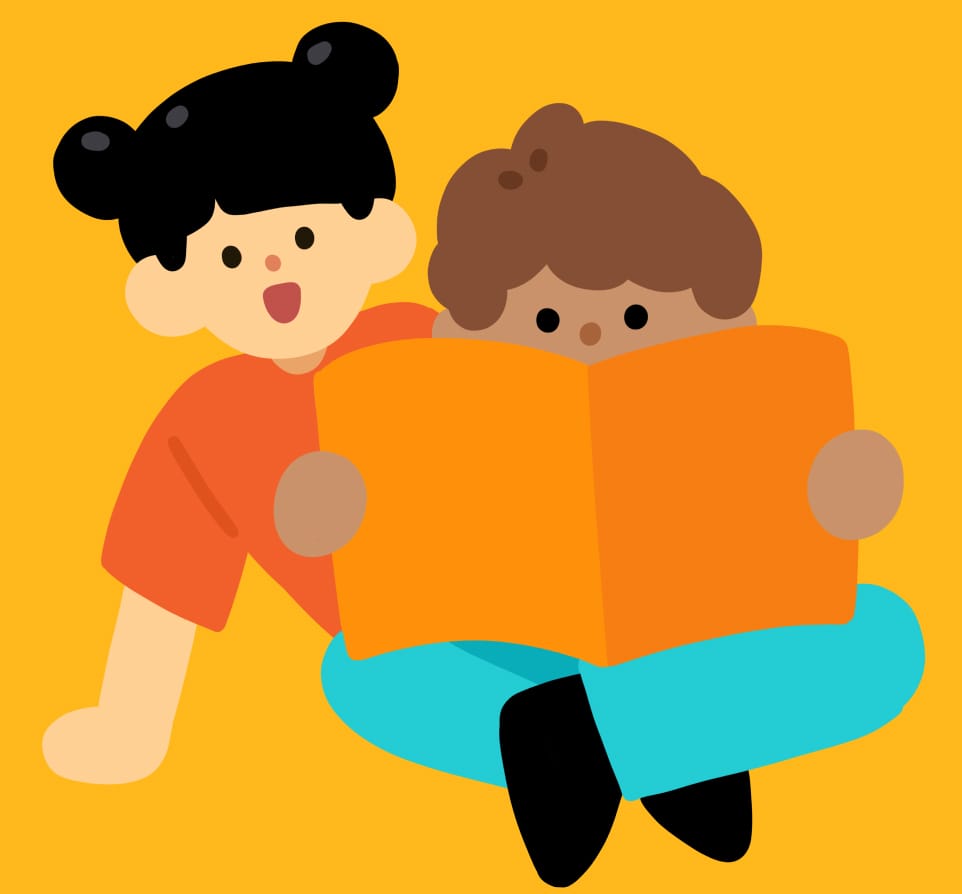
Early literacy
Module 2 of 7
Early literacy
Early literacy includes all the language skills that form the foundation to learning to read and write. Early literacy skills begin to develop right from birth. Positive early experiences with books and language create the foundation for success in learning to read.
The important adults in young children’s lives are their first and best reading role models.
Serve-and-return
Children learn their first words through exposure to the language around them, mostly from their close caregivers – parents, extended family, child care providers. Children’s early language is influenced by the number of words they hear in their environment, but even more importantly, by the serve-and-return interactions they have with caring adults in their life. Conversational turns build children’s language by building their brains.
Serve-and-return refers to the conversational turns a child has with their caregivers. The child ‘serves’ up a word or question, and the adult ‘returns’ back with an answer. This can continue back and forth, back and forth, much like a tennis match.
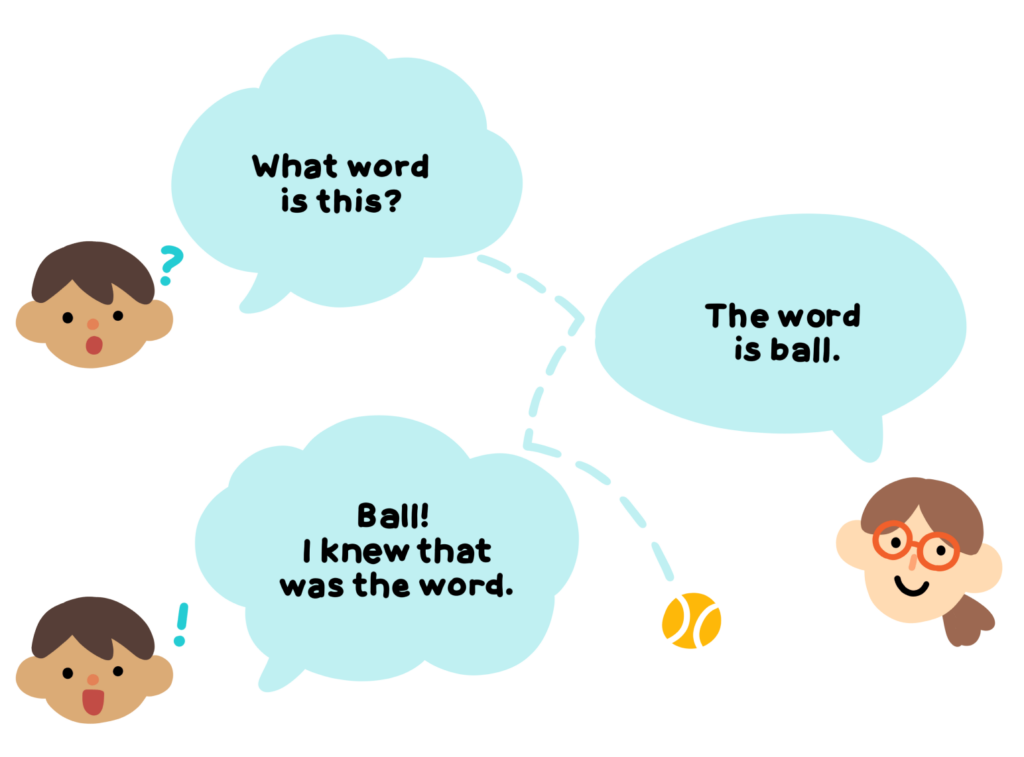
This can happen with older children too and gets more and more complex.
Book reading is a powerful tool for increasing language interactions. Not only do children hear more adult words when being read to, but they experience more conversational turns.
Reading skills
When we talk with children and read them great books, we are helping a child continue to build the following five skills:
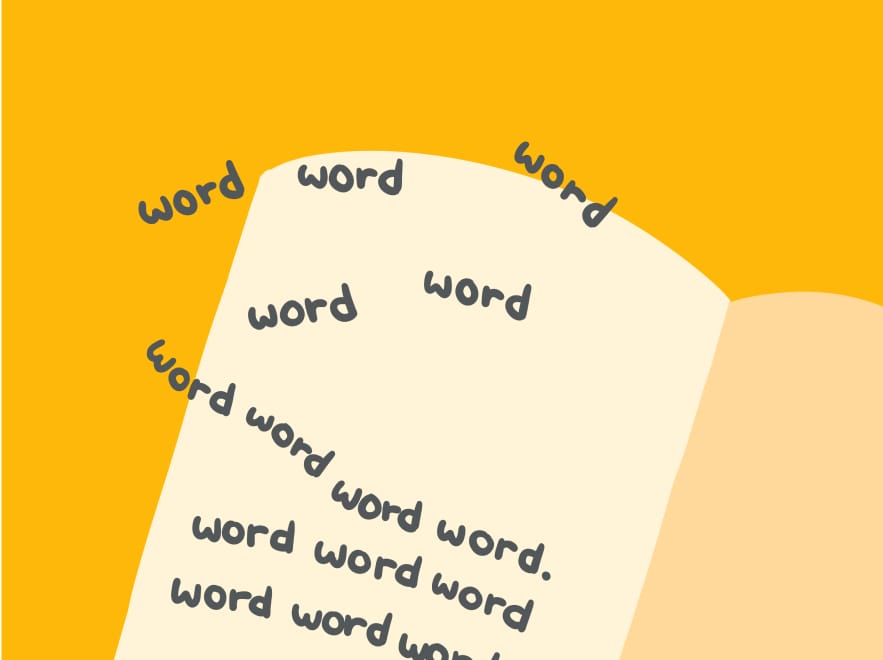
Vocabulary
Vocabulary is how many words people know and speak. Children should know thousands of words by the time they start kindergarten, which means they need to have heard millions of words before then.
Children’s vocabulary expands every year so that by the time a child graduates from high school they know tens of thousands of words and they are only explicitly taught about 60–100 per year. Understanding words while listening and talking helps children make sense of the word when they see it in print.
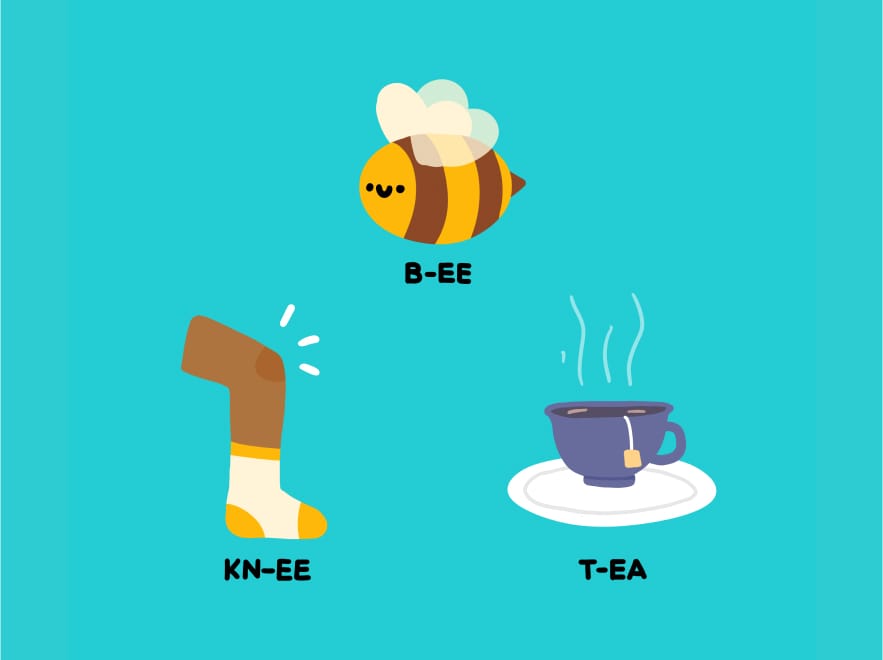
Phonological awareness
Phonological awareness is the ability to recognize and manipulate the spoken parts of words. This skill involves being able to say that ‘bee’ rhymes with ‘knee’ and that ‘day’, ‘say’, and ‘lay’ are all rhymes of ‘may’. Children can also start to identify the first sound in a word (e.g., bird starts with the /b/ sound) or play with words like in the banana song (e.g., banana fana mo mana fi fie fo fana – banana).
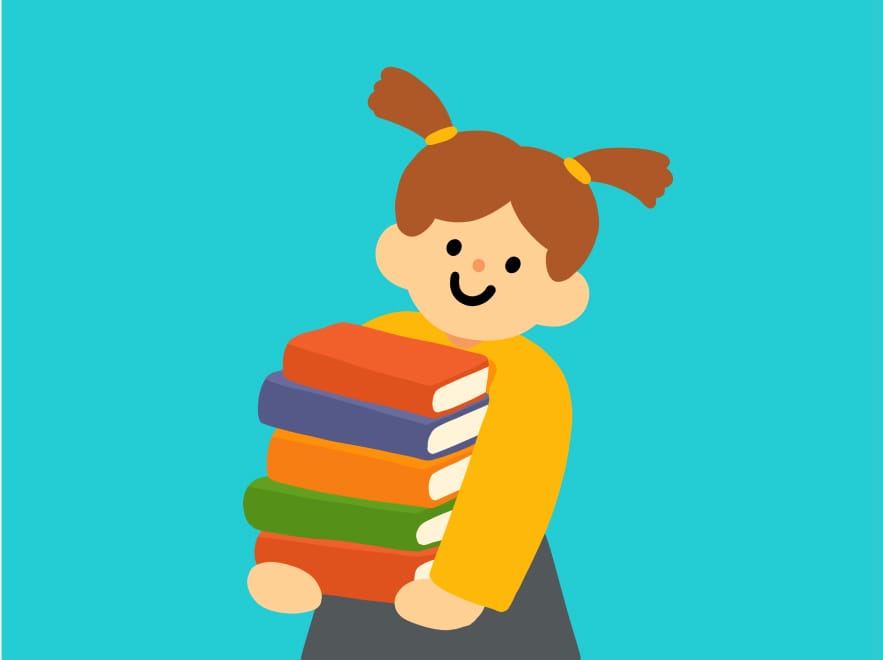
Print motivation
Print Motivation is the spark that children need to have to even be interested in learning how to read in the first place. Children should love the idea of reading so much that they are motivated to work to learn how to do it.
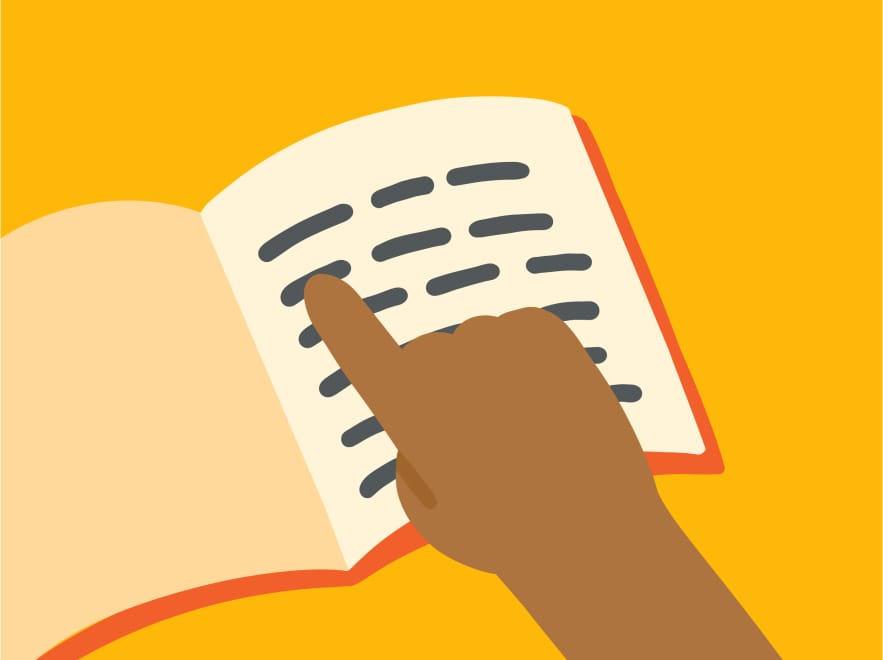
Print awareness
Print Awareness is understanding that print carries meaning, that books contain letters and words. Children start to learn how a book “works” – skills like identifying the front and back of the book and that you turn pages and read from left to right.
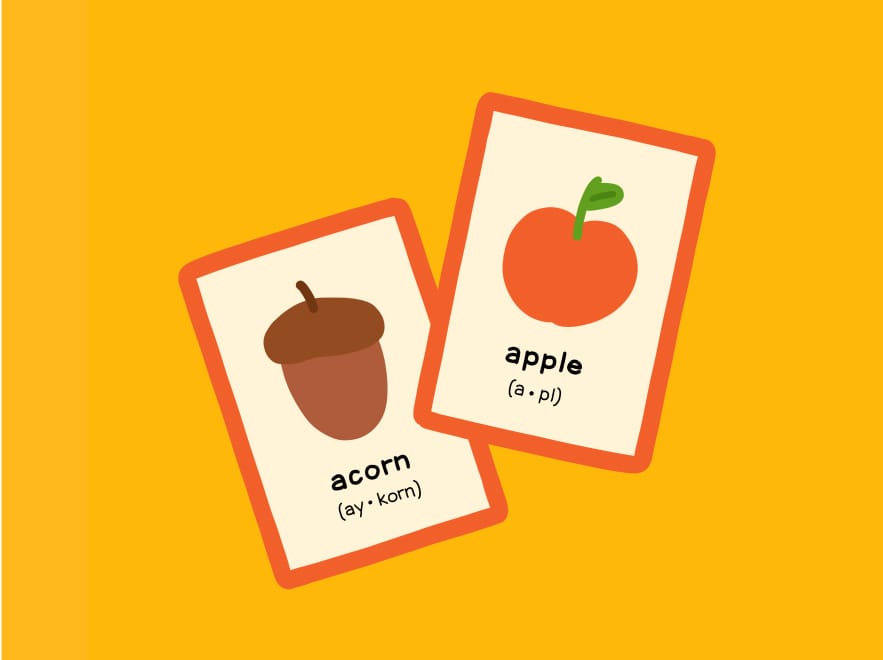
Letter knowledge
Letter Knowledge (sometimes referred to as phonics and decoding) is the ability to understand the alphabetic principal – that letters and sometimes groups of letters (e.g., ‘ch’) represent the sounds of spoken language. Children might still find some letters and their corresponding sounds confusing, so practice will help them understand.

Narrative skills
Narrative Skills are storytelling skills. Knowing that stories have beginnings, middle parts, and endings, and are full of characters and places. This is true of stories that we find in books and the ones that children and adults tell in real life. Providing opportunities for children to hear and tell personal stories is an important part of learning to read printed stories.
